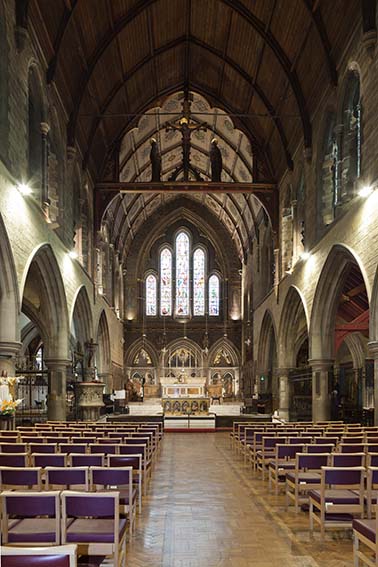The centrepiece of this interesting concert was the world premiere of a work written in 1806. Ferdinand Ries, a pupil of Beethoven, left several substantially reworked versions of his Grand Concert pour le Pianoforte (op 123). Found in the State Library of Berlin in 2005, by Adam Swayne, this is the hitherto unperformed original version. Swayne, who is an academic as well as pianist and composer was at this concert to debut his discovery.
Well, it’s an uneven work. So close to Beethoven in places that you can hear the (unconscious?) quotations, it also seems, at times disjointed. The piano entry in the first movement, for example, is pretty remote from the long orchestral introduction and the very jolly rondeau in the finale – which I went home humming – feels as if it belongs somewhere else especially when it suddenly gives way to Beethovenian heavy chords. After all, presumably Herr Ries wasn’t happy with it otherwise he would not have gone on to make so many revisions? Pleasant as it is, I don’t think this work is going to rival Beethoven’s fifth “Emperor” piano concerto or Schumann’s A minor masterpiece of 1845 in the popularity stakes any time soon.
That said, after a slightly nervous start, Swayne played it with huge commitment and plenty of panache. He was clearly enjoying very much bringing this work to an audience at last and he evidently had lots of supporters in the audience who cheered when he appeared. There were a few problems with timing though and watching Swayne’s involvement with the orchestra I wondered if it might have been better conducted from the keyboard.
The orchestra generally played well – especially given that leader Shereen Godber had stepped up at a few hours’ notice because the regular leader tested positive for Covid on the day of the concert. During the opener Another Orpheus (by local composer, John Hawkins who was present) conductor Andrew Sherwood generated lots of cohesion though the incisive chords at the beginning, the arresting solo viola work (evocatively played by Ros Hanson) and the final dying away to silence at the end.
The second half gave us the much more familiar Haydn Symphony 99. The start was ragged. Haydn’s slow introductions are notoriously challenging. Then it danced off in confident relief with the Creation-like brass interjections nicely pointed up. I also admired the playing of the fugal passages in the finale played with warmth and precision. It will be good, though, when Covid restrictions no longer prevent stand-sharing for string players and they don’t have to negotiate page turns as individuals.
All in all it was a worthwhile and workmanlike concert. It was the first time I’ve heard Lewes-based The Musicians of All Saints and I look forward to hearing them again, preferably somewhere without the slightly fuzzy acoustic of St Mary’s Kemptown – beautiful as its architecture is.
Susan Elkin

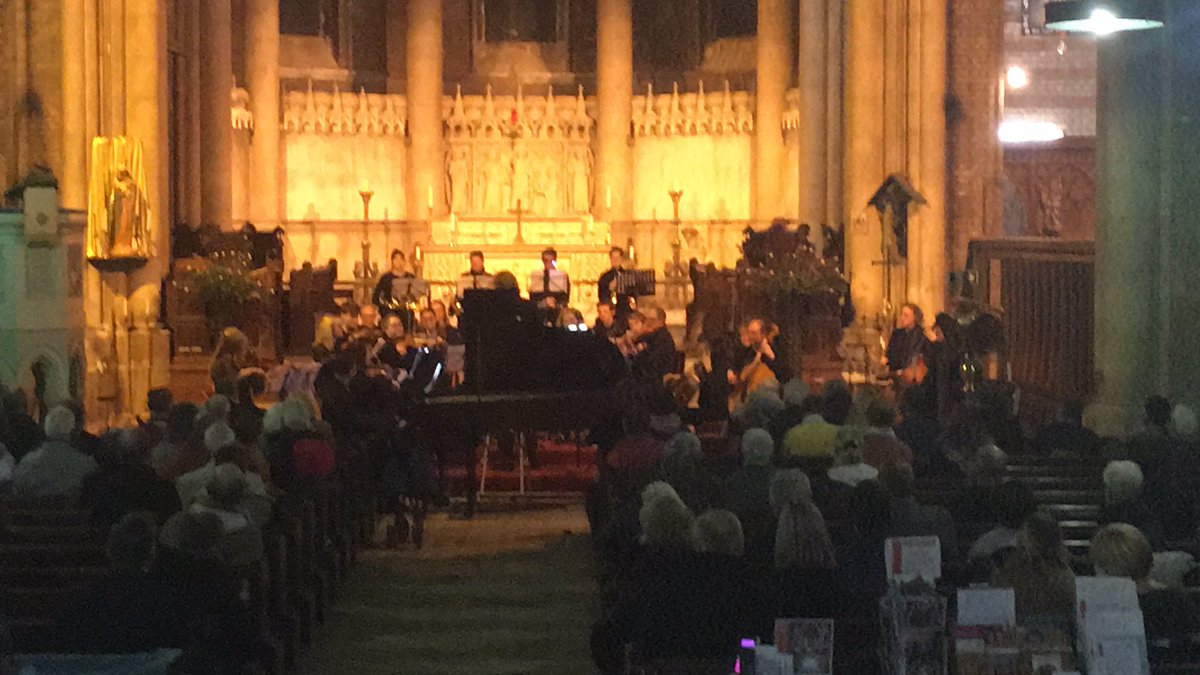
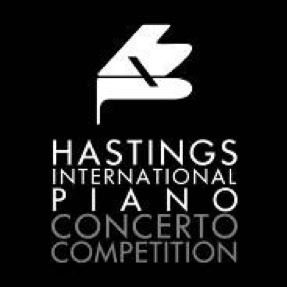
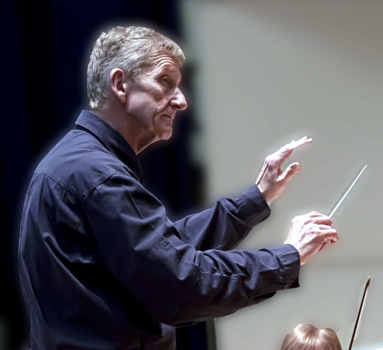
 Frank Martin (1890-1974) is not a musical household name but an interesting discovery. A French Swiss composer, he founded, and worked with, the Geneva Chamber Music Society and this three movement Trio on Popular Irish Folk tunes dates from 1925 and feels nicely international. I liked the lyrical adagio, more or less a lament in the middle of the sandwich, led off of by Peter Adams whose cello sound is compellingly warm. And there’s a deliciously quirky account of The Irish Washerwoman in the finale with lots of minor chords and dissonance all played with witty aplomb.
Frank Martin (1890-1974) is not a musical household name but an interesting discovery. A French Swiss composer, he founded, and worked with, the Geneva Chamber Music Society and this three movement Trio on Popular Irish Folk tunes dates from 1925 and feels nicely international. I liked the lyrical adagio, more or less a lament in the middle of the sandwich, led off of by Peter Adams whose cello sound is compellingly warm. And there’s a deliciously quirky account of The Irish Washerwoman in the finale with lots of minor chords and dissonance all played with witty aplomb.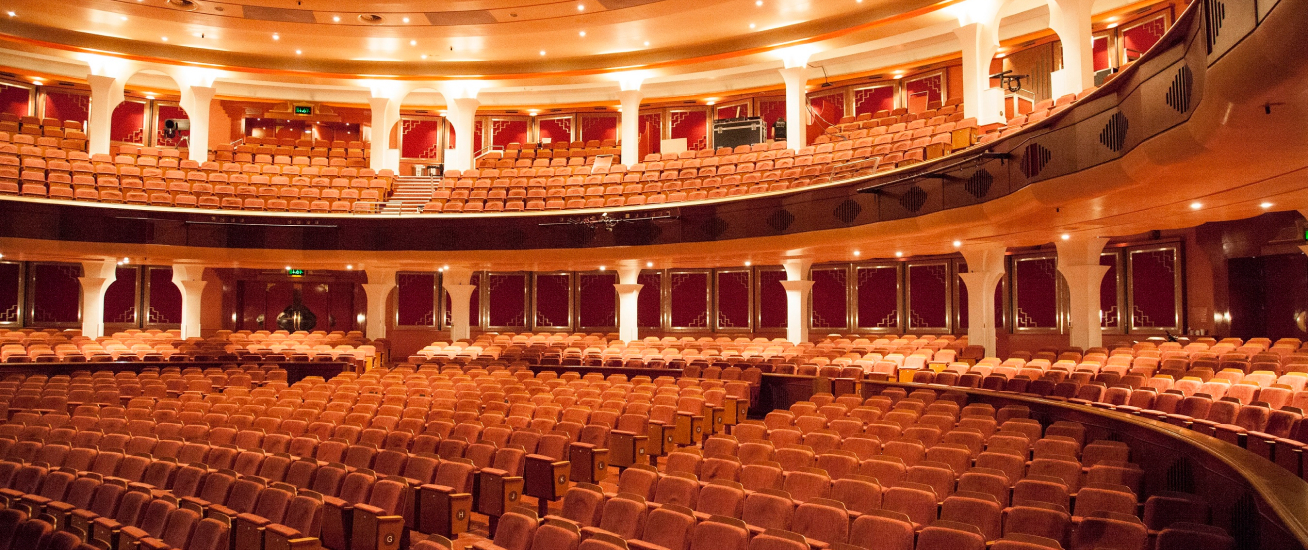 The BPO was scaled down to Baroque proportions with lots of soloists from within its ranks for this concert. It’s a pity the audience seemed to have scaled itself down too – there were far too many rows of empty seats. They missed an elegant potpourri of 18th and late 17th century music which mixed the very familiar (Winter from The Four Seasons) with less commonly heard pieces such as Rebel’s Chaos from Les Elemens. That said, most of the programme would have been known to most of the audience and conductor/Harpsichordist Robert Howarth spoke about each piece so it was all pretty accessible both to classical music newbies and children.
The BPO was scaled down to Baroque proportions with lots of soloists from within its ranks for this concert. It’s a pity the audience seemed to have scaled itself down too – there were far too many rows of empty seats. They missed an elegant potpourri of 18th and late 17th century music which mixed the very familiar (Winter from The Four Seasons) with less commonly heard pieces such as Rebel’s Chaos from Les Elemens. That said, most of the programme would have been known to most of the audience and conductor/Harpsichordist Robert Howarth spoke about each piece so it was all pretty accessible both to classical music newbies and children.